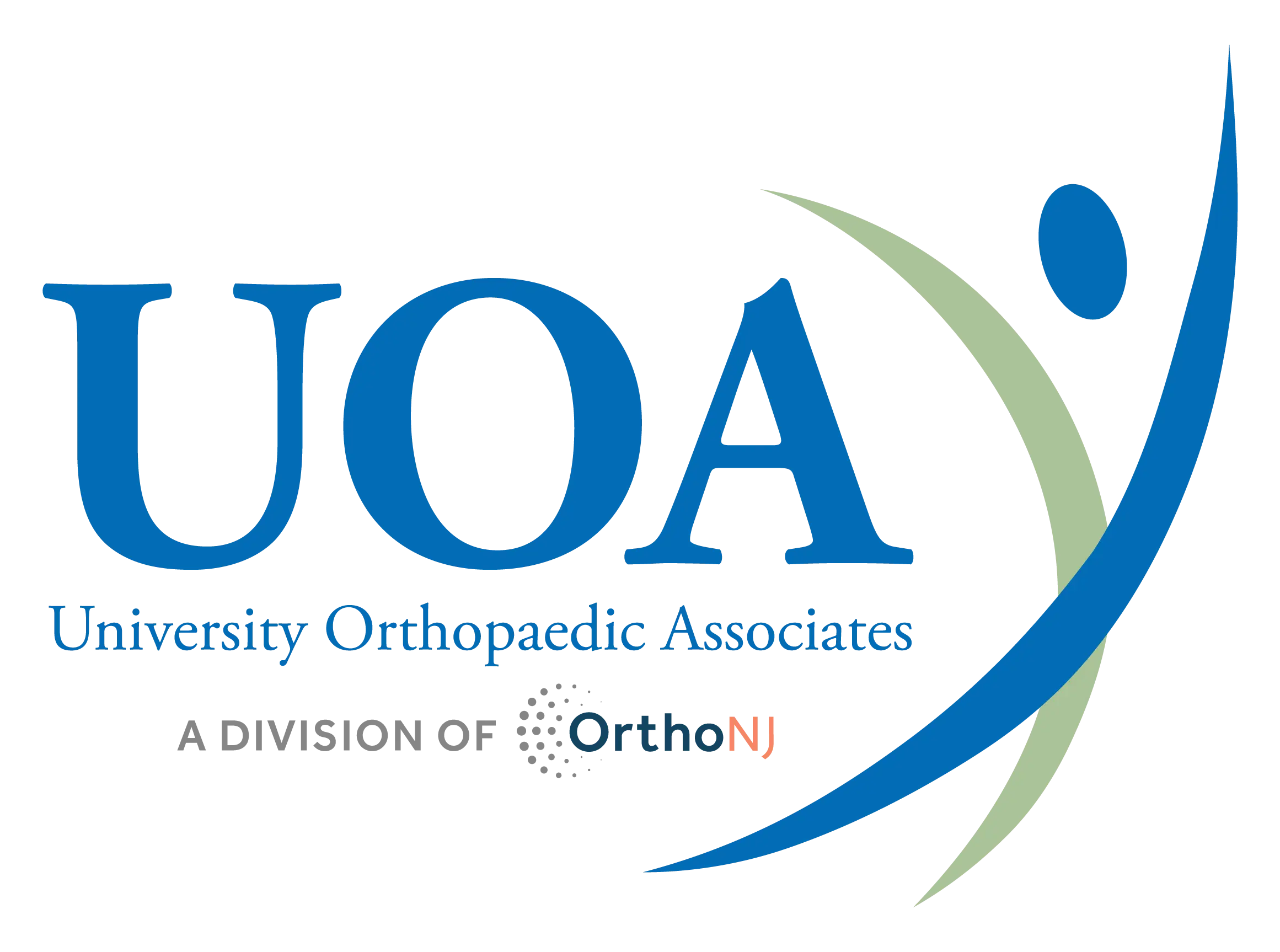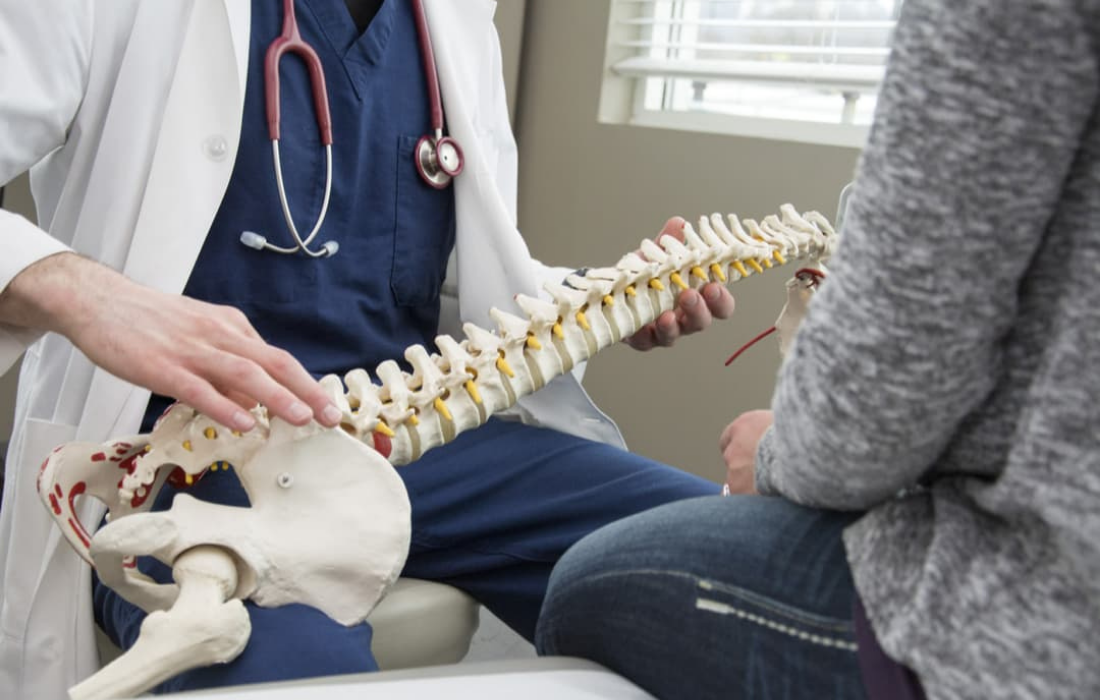Sports and exercise are part of an active and healthy lifestyle. However, participation in these activities means running the risk of incurring a possible injury. The areas of the spine—particularly the lower back—are among the most vulnerable, regardless of the level of sports or exercise participation. In fact, the lower back or neck are sites of up to 20 percent of sports injuries. These injuries can be acute, such as those typically occurring in football; or chronic, meaning those caused by overuse from constant repetitive motion done over time.
Locations of Injuries
Neck
The neck (cervical spine) is often involved in contact sports injuries such as football and wrestling. A common such injury is a stinger, also called a burner or nerve pinch injury. Well-known in football, it involves the nerves in the area of the neck and shoulder and occurs in two ways: head impact resulting in compression of the spinal cord in the area of the neck; or, the nerves in the area are over-stretched by a forced sideways movement of the head.
Upper Back
The upper back (thoracic spine) includes the upper and middle back area at the level of the rib cage. Injuries to the thoracic spine are less common as it is a supported area and comparatively immobile. Examples of injuries, when they do occur, are rib fractures as well as muscle strains, which are the result of sports that involve torso rotation such as swimming, golf or tennis.
Lower back
The lower back (lumbar spine) is a common site of sports injuries. Sports that entail repetitive impact such as running, as well as loading from weight lifting and those activities with twisting motions, such as golf, cause significant strain on the lower back. Consequently, most lower back injuries impact the muscles, ligaments, discs and joints.
However, several more serious conditions can also be present and are common causes of sports-related back pain. These include spondylolysis and spondylolisthesis. These conditions are prevalent in athletes who participate in gymnastics, volleyball, diving, dancing and cheerleading, and who routinely do twisting and movements that involve hyperextension of the spine.
Symptoms
Depending on the type of injury, you may experience any of the following symptoms:
- Sudden onset of pain
- Sharp pain in the affected area
- Radiating pain from the low back down the legs and to the toes, which may indicate sciatica
- Stiffness or aching along any point of the spine
- Muscle spasms
- Chronic ache, particularly after prolonged periods of standing or sitting
You should call your doctor if certain symptoms develop. These include:
- Numbness or tingling in the legs, arms or groin, which may indicate spinal cord damage and should be evaluated immediately
- Lack of bladder or bowel control should also be evaluated immediately
- Pain that increases with coughing or forward bending at the waist, which may indicate a herniated disc
- Symptoms that appear to be sciatica, such as described above
- Pain with fever or burning/frequent urination is present, which may signal an infection
Causes
Spinal injuries can occur in any sports activity, but are most notable in the following:
- Football
- Golf
- Ice hockey
- Tennis
- Rugby
- Skiing
- Weightlifting
- Wrestling
- Bicycling
Statistics below are from the November, 2011 edition of the journal Sports Health
Spinal sports injuries include:
- Professional golfers, 90 percent of all injuries involve the neck or back
- Football lineman, up to 50 percent experience neck or back injuries
- Gymnastics, 11 percent of injuries are to the back
According to the American Association of Neurological Surgeons, nearly eight percent of spinal cord injuries are related to sports such as diving, horseback riding and winter sports.
Diagnosis
A diagnosis of a spinal sports injury can usually be made by an exam and exploration of symptoms with a doctor. There are also a number of standard tests the doctor can perform to narrow in on the diagnosis. When necessary, or in the case of severe injury, X-rays and other scans are also potentially ordered.
Treatment
A majority of spinal sports injuries can resolve on their own, particularly with good self-care. However, for severe or prolonged pain or other symptoms such as those listed above, it is recommended to see a doctor for a proper diagnosis and treatment plan.
Some conservative treatment methods include:
- Rest
- Hot/cold compress
- Over-the-counter or prescription pain medications
- Braces or collars for support
- Protective and preventive exercises, such as core muscle strengthening
For conditions that do not resolve with the use of conservative treatment, or for more serious injury, surgery may be indicated. At University Orthopaedic Associates (UOA) our board certified and fellowship trained expert surgeons perform state-of-the art procedures for neck and back conditions.




